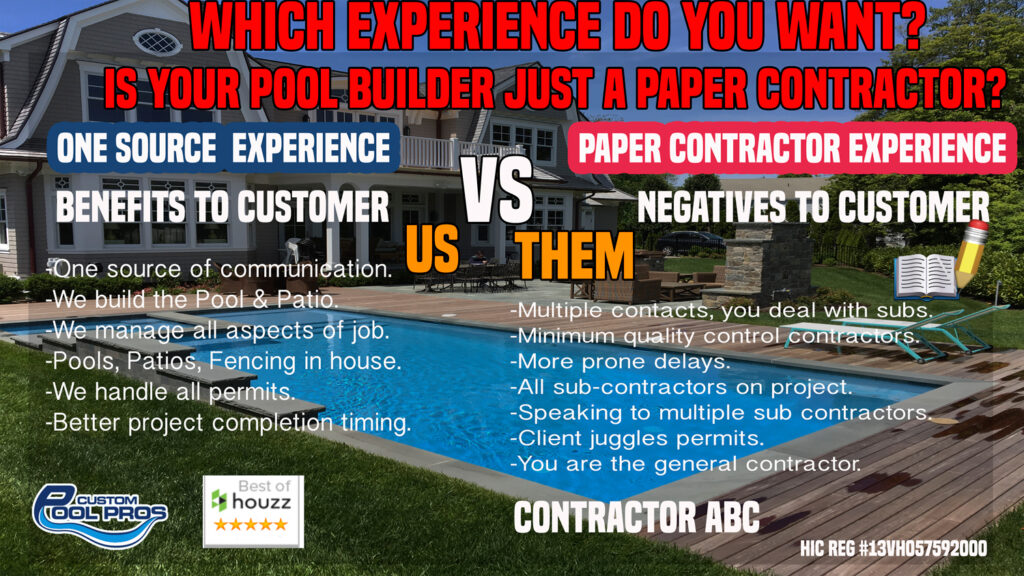FAQ's
Designing and installing a swimming pool requires specialist design to address: the building structure and mangement of the environment (taking into account shape, size, depth, tank, etc.) specific techniques (such as filtration, the circulation system – pumps, inlets and outlets, pipe work, etc.)
If you want something reliable and cost-effective, a rectangular pool might be your best option. ‘For many, the normal shape for a swimming pool is rectangular, usually with proportions of 2:1 (length to width),’ says SPATA (opens in new tab) (The Swimming Pool & Allied Trade Association).
Space required: The smallest swimming pool that can be constructed can have a size of 150-200 square feet (water area), which can easily be built in an area of 500 square feet.
Most residential swimming pools are finished using 1 of 3 surfacing materials: poured concrete, fiberglass, or vinyl. Concrete is the strongest and most durable, but also the most expensive.
This analysis shows that the average dimension of a swimming pool is about 30.1 feet long, 15.7 feet wide and 5.6 feet deep.
you probably know that there are three types of inground pools: fiberglass, vinyl liner, and concrete (also called gunite). Below is a detailed comparison of these three pool types, including the pros and cons of each. You can check out our guide to general pricing for the three pool types.
A vinyl liner pool itself takes about two weeks to install. But the accompanying patio can take from one week to a year, depending on the construction process. A gunite concrete pool takes six to eight weeks from excavation to your first swim.




